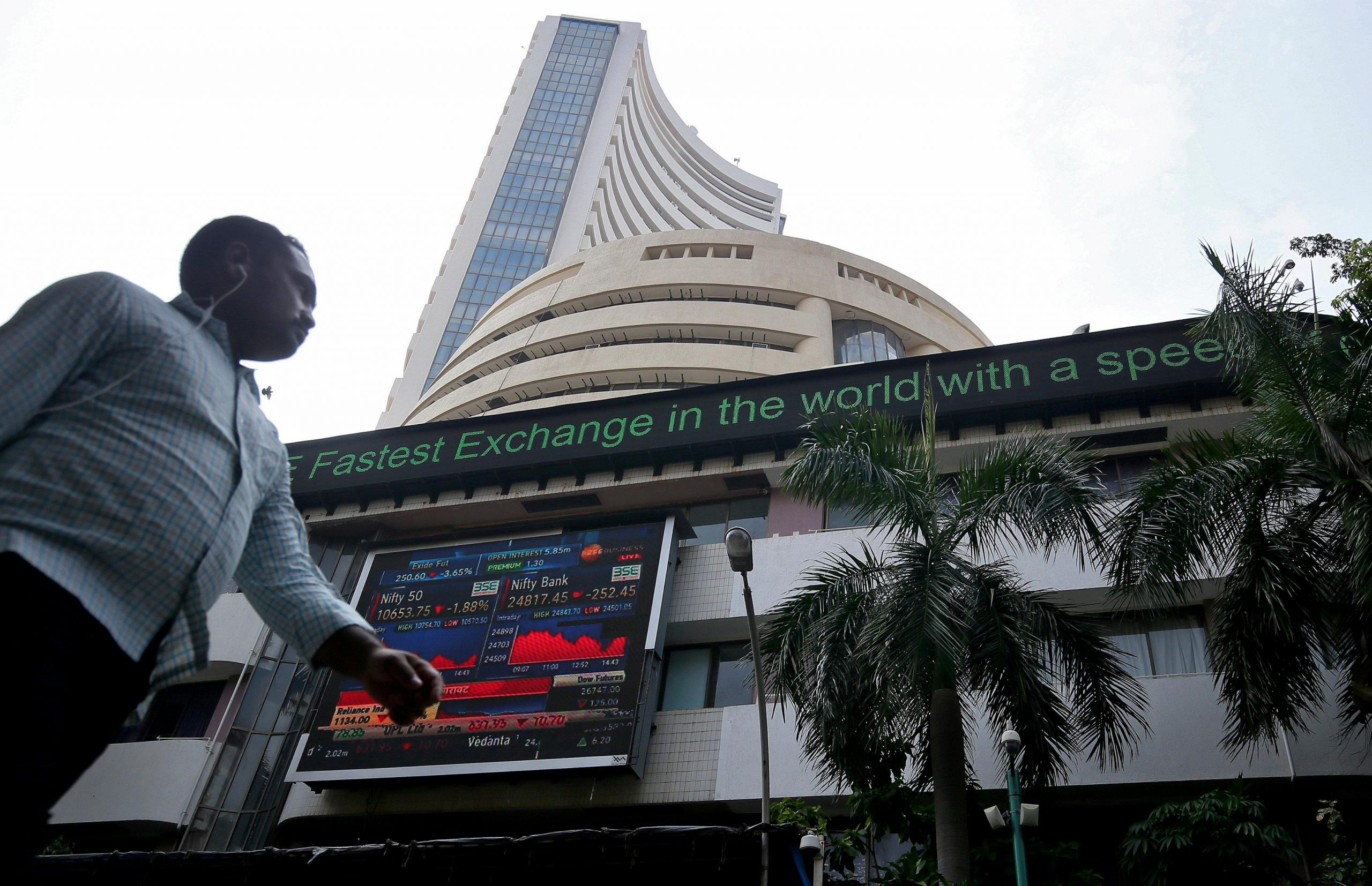The valuation premium of the BSE MidCap and SmallCap indices over the benchmark S&P BSE Sensex has shrunk to its lowest level in the last one year after the recent correction in the share prices of midcap and smallcap stocks.
The BSE MidCap index is currently trading at a trailing price to earnings (P/E) multiple of 26.2X while the BSE SmallCap index is trading at a trailing P/E of around 29X.
In comparison, the Sensex is trading at a trailing P/E multiple of around 25X currently.
The MidCap index is down 4.5 per cent during March 2024 so far, while the SmallCap index corrected by 10 per cent in the period. In contrast, the Sensex is up by around 0.4 per cent month to date.
In March last year, the MidCap and SmallCap indices were trading at a small valuation discount to the Sensex. The MidCap index was trading at nearly 21.9 times its underlying trailing earnings per share (EPS) at the end of March last year, while the SmallCap index was trading 22.1 times its trailing EPS. This was lower than the Sensex’s trailing P/E of 22.4X at the end of March last year.
The long-term data, however, suggests the mid and small stocks have on most occasions traded at a premium to the benchmark index. The BSE Index trailing P/E multiple has been 28X on average since April 2015, when the BSE first began to publish the valuation ratio for the index. The smallcap average valuation ratio in the same period has been even higher at 42.6X. In comparison, the Sensex has traded at a trailing P/E ratio of 23.7X on average since April 2015.
Analysts, however, say the historical valuation premium of mid and small stocks over largecap stocks is an illusion due to the high earnings volatility of the former two segments. “Mid and smallcap companies report much faster earnings growth in good times, but their earnings decline equally fast when economic conditions become tough such as during the pandemic,” said G Chokkalingam, founder and chief executive officer, Equinomics Research & Advisory.
For example, in the past one year, the BSE MidCap index underlying EPS is up 30.5 per cent from Rs 1,097.4 at the end of April 2023 to Rs 1,432.6 on Wednesday. In the same period, the BSE SmallCap index is up 17.1 per cent from Rs 1,203 to Rs 1,409.7 now. In contrast, the Sensex underlying EPS is up just 8.5 per cent in the period from Rs 2,697 at the end of April last year to Rs 2,927 on Wednesday. Apparently faster earnings growth for smaller companies came from a low base and on the back of poor profitability compared to their largecap peers.
The underlying EPS of the indices tracks the combined net profits of the companies that are part of it.
The BSE SmallCap index underlying EPS turned negative on three occasions in April 2015 and the earnings were down 130 per cent during the pandemic from its pre-pandemic high. The over 100 per cent decline indicates a move from profit to loss on an aggregate basis.
Similarly, the MidCap index EPS had declined by 95 per cent during the pandemic from its pre-pandemic highs. In comparison, the Sensex companies’ combined net profit had declined only by 25 per cent from the pre-pandemic high.
Such high volatility in earnings makes investment in the SmallCap and MidCap indices risky for investors.
According to a calculation by Business Standard, the average return on equity (RoE) for stocks in the BSE MidCap index at 13 per cent is still nearly 12 per cent lower than Sensex companies’ average RoE of 14.8 per cent. Similarly, the SmallCap index constituents’ average RoE at 10.8 per cent is 27 per cent lower than that of the benchmark index.

First Published: Mar 16 2024 | 12:00 AM IST
Note:- (Not all news on the site expresses the point of view of the site, but we transmit this news automatically and translate it through programmatic technology on the site and not from a human editor. The content is auto-generated from a syndicated feed.))



